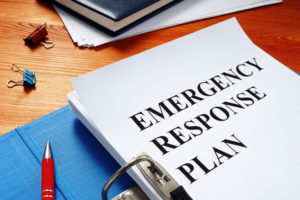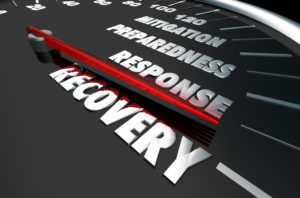As we discussed in our last blog post on Flexible Planning for Emergency Response, there are numerous types of emergencies and disasters that are taken into consideration when healthcare systems develop an emergency response plan. The four FEMA emergency management phases are as follows: Mitigation – preventing future emergencies and/or minimizing their effects. Preparedness – proactively […]
Flexible Planning for Emergency Response
In all likelihood, 2020 will be remembered most for the COVID-19 pandemic. However, the year also brought wildfires, floods, and storms. Even though most healthcare organizations had emergency response plans in place, many were stretched to their limits. As a result, we anticipate that these organizations will revisit their plans this year based on lessons […]
Medical Equipment Planning and the Design Process
Healthcare design projects vary widely in scope, from equipment replacement to clinical space renovations to new construction. These projects can be as short as a few months or they can span years of work. They also often encompass a huge range of complex medical equipment. To streamline the design process, many healthcare systems choose to […]
Behavioral Health Design for Inpatient Rooms – Part 2
Designing Inpatient Rooms for Use in Behavioral Health During Part 1, I introduced the topic of designing inpatient environments for comorbid conditions. We discussed the importance of the observation plan in relation to design. In this section, we discuss the issues relating to medical equipment planning in behavioral health design for inpatient rooms. Wall Mounted Equipment […]
Behavioral Health Design for Inpatient Rooms – Part 1
An exploration of versatility in design During the medical equipment planning process, we are frequently encountering a new trend: the potential for one of the rooms to be designed for use in behavioral health situations. According to CDC, more than 50% of Americans will be diagnosed with a mental illness or disorder at some point […]



